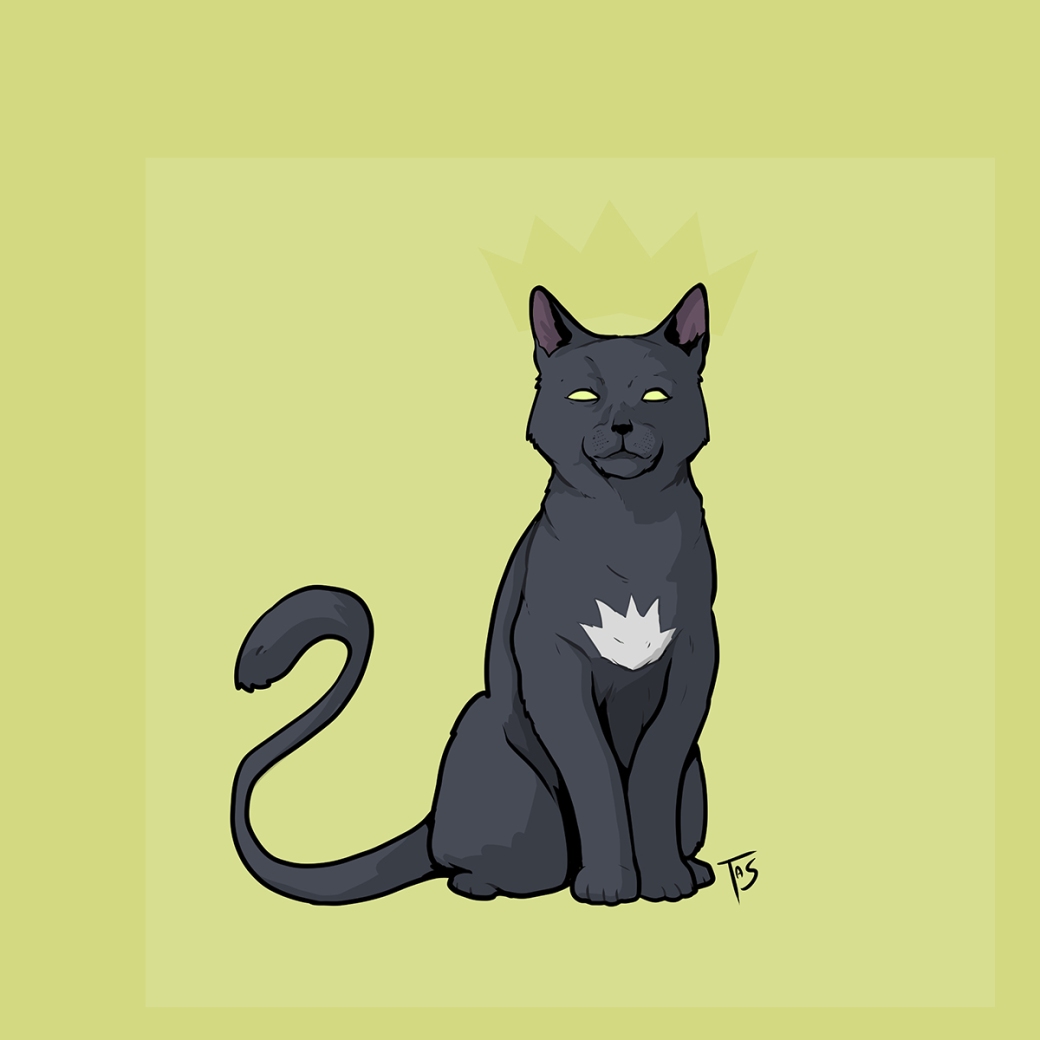
Belphegor
Region of origin: The Kingdom of Moab
One of the seven princes of Hell as described in de Plancy’s nineteenth-century Dictionnaire Infernal, Belphegor was said to represent the deadly sin of sloth. He did this through granting an individual who made a pact with him, often after appearing to them as a beautiful woman, some clever thought or invention that would result in them gaining great wealth from as little effort as possible, becoming lazy and degenerate as a result. The name Belphegor is derived from Ba’al-Pe’or, or “Lord of Mount Pe’or”, and he was believed to be the patron deity of the nearby Moabites. He became associated with debauchery and orgies, and, with one taken meaning of “Pe’or” being “opening”, flatulence and feces resulting in him often being depicted as sitting on a commode. In more modern tales, Belphegor was sent to earth by Satan to learn if marital love in fact existed, and while he never succeeded in confirming this he did become enamored with Paris during his travels.









